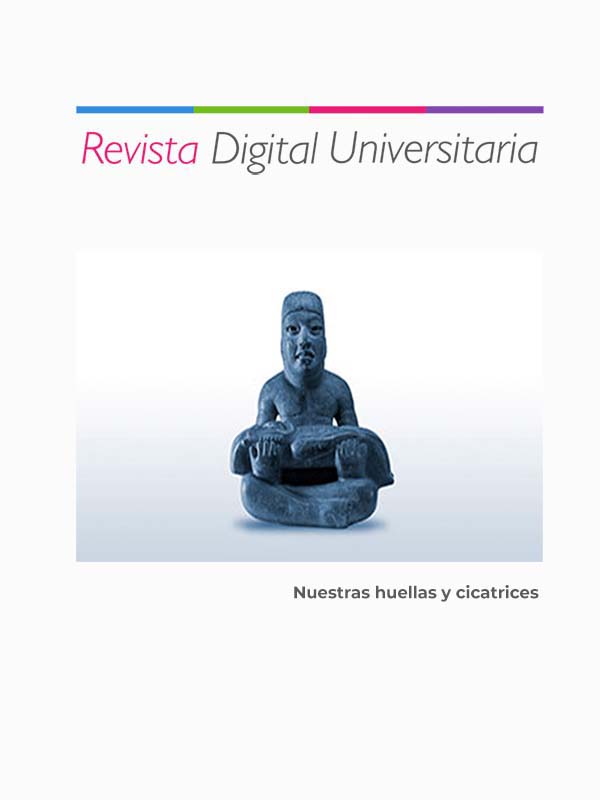Energy sustainability: Use of hydrogen as a clean fuel in power generation
DOI:
https://doi.org/10.22201/cuaieed.16076079e.2022.23.3.2Keywords:
renewable energy, electric power generation, fuel cells, hydrogenAbstract
In this work, a discussion is carried out about the generation of electrical energy through alternative sources that use hydrogen as fuel. The proton exchange membrane fuel cells are the most popular, which generate electrical power through an electrochemical process, where hydrogen molecules are subdivided into protons and electrons. Electrons circulate through conductors; thus, an electric current is generated. Furthermore, this process is friendly to the environment because the only waste generated is water and water vapor. Therefore, the fuel cells can be classified among clean energy sources; furthermore, depending on the technique used in hydrogen production, fuel cells could also be classified as renewable energy sources. Consequently, energy sustainability is achieved since a balance between the environment and the use of natural resources is guaranteed.
References
Felix M. (2018). [InnoTrans 2016 – Alstom iLint with Fuel Cell Batteries] [Pintura]. Wikimedia Commons. https://cutt.ly/CGJzQ58.
alstrom. (2021). El tren de hidrógeno Coradia iLint, autorizado para entrar en servicio comercial en la red ferroviaria alemana. https://cutt.ly/rGJoWc7.
Casey, T. (2020). Hard sails & Green hydrogen for the cargo ships of the future. CleanTechnica. https://cutt.ly/DGJo6J9.
Fulghum, N. (2021, marzo). México. México lidera al G20 en la reducción de carbón el año pasado, pero tres cuartos de su electricidad aún provienen de combustibles fósiles. Ember; Global Electricity Review, Perfil G20. https://cutt.ly/pGJpiIg.
E4tech. (2020). The fuel cell industry review 2020. https://fuelcellindustryreview.com/.
Gou, B. (2010). FUEL CELLS – Modeling, control and applications. crc Press. https://www.taylorfrancis.com/books/mono/10.1201/9781420071627/fuel-cells-gou-bei-ki-na-woon-diong-bill.
Bei, G., Woon, K. N., y Bill, D. (2010). Fuel Cells: Modeling, Control, and Applications. CRC Press. https://doi.org/10.1201/9781420071627.
Horizon. (2021). Horizon fuel Cell Technologies. https://www.horizonfuelcell.com/.
International Renewable Energy Agency (irena). (2018). Hydrogen for Renewable Power: Technology Outlook for the Energy Transition. https://cutt.ly/dGJa1aH.
International Renewable Energy Agency (irena). (2020). Green Hydrogen Cost Reduction: Scaling up Electrolyzers to Meet the 1.5º C Climate Goal. https://cutt.ly/VGJa7k0.
International Renewable Energy Agency (irena). (2021a). Renewable Capacity Statistics 2021. https://cutt.ly/YGJsz5G.
International Renewable Energy Agency (irena). (2021b). World Energy Transitions Outlook: 1.5oC Pathway. https://cutt.ly/QGJaQth.
ren21. (2021). Renewables 2021 Global Status Report. https://cutt.ly/MGJs2xa.
Published
Issue
Section
License

This work is licensed under a Creative Commons Attribution-NonCommercial-ShareAlike 4.0 International License.

Revista Digital Universitaria es editada por la Universidad Nacional Autónoma de México se distribuye bajo una Licencia Creative Commons Atribución-NoComercial 4.0 Internacional. Basada en una obra en http://revista.unam.mx/.










